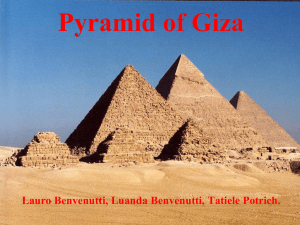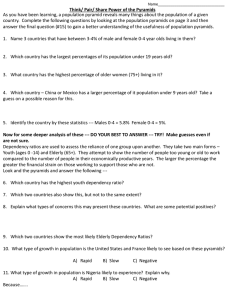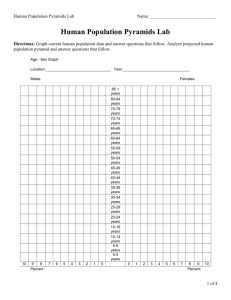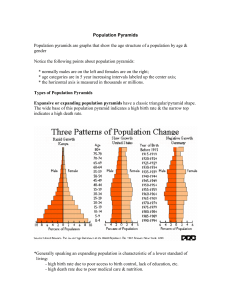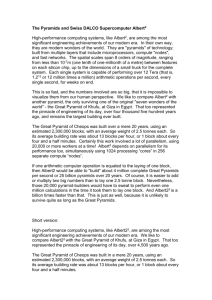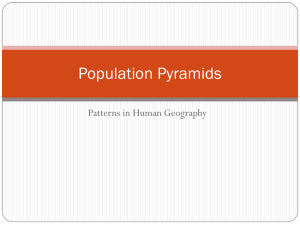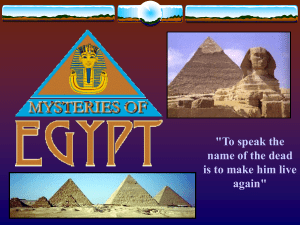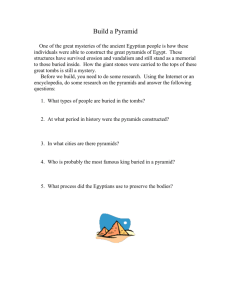It was in everyone`s interest to keep the king`s majesty intact even
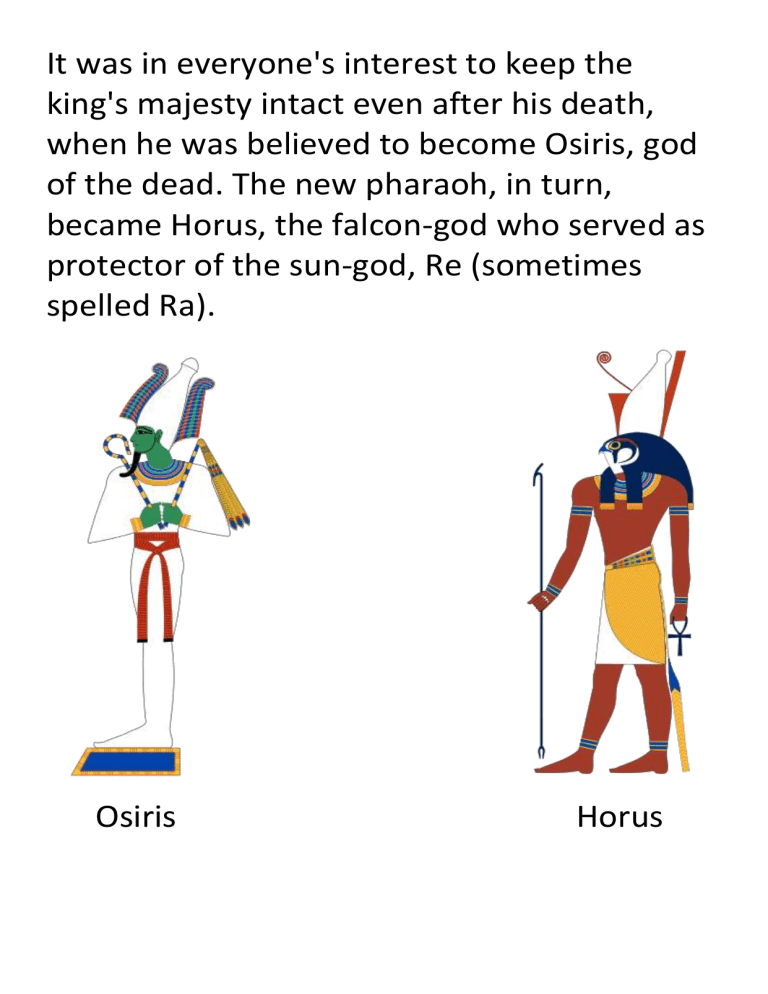
It was in everyone's interest to keep the king's majesty intact even after his death, when he was believed to become Osiris, god of the dead. The new pharaoh, in turn, became Horus, the falcon-god who served as protector of the sun-god, Re (sometimes spelled Ra).
Osiris Horus
Ancient Egyptians believed that when the king died, part of his spirit (known as "ka") remained with his body. To properly care for his spirit, the corpse was mummified, and everything the king would need in the afterlife was buried with him, including gold vessels, food, furniture and other offerings.
The pyramids became the focus of a cult of the dead king that was supposed to continue well after his death. Their riches would provide not only for him, but also for the relatives, officials and priests who were buried near him.
No pyramids are more celebrated than the
Great Pyramids of Giza, located on a plateau on the west bank of the Nile River, on the outskirts of modern-day Cairo. The oldest and largest of the three pyramids at Giza is known as the Great Pyramid and was built for a pharaoh named Khufu.
The Great Sphinx is a guardian statue carved in limestone with the head of a man and the body of a lion. It was the largest statue in the ancient world, measuring 240 feet long and
66 feet high.
Approximately 2.3 million blocks of stone had to be cut, transported and assembled to build
Khufu's Great Pyramid.
Egyptian peasants worked on the pyramids during the time of year when the Nile River flooded much of the land nearby.
The pyramid's smooth, angled sides symbolized the rays of the sun and were designed to help the king's soul ascend to heaven and join the gods, particularly the sun god Re (sometimes spelled Ra).
The king would dwell with his fellow gods in the entourage of the sun-god, Re (sometimes spelled Ra). He would spend eternity traversing the sky and underworld.
Crews of pyramid builders were divided into gangs of 200 men, with each group further divided into teams of 20. Experiments indicate that these groups of 20 men could haul the 2.5 ton blocks from quarry to pyramid in about 20 minutes, their path eased by a surface of wet silt.
A permanent group of skilled craftsmen and pyramid builders were assisted by seasonal crews of approximately 2,000 peasants.
Tomb robbers in both ancient and modern times removed most of the bodies and funeral goods from Egypt's pyramids.


